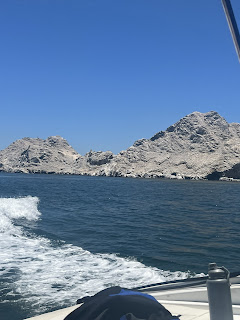Cholla Bay
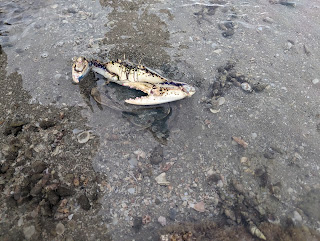
On Thursday we went to Cholla Bay to do some tide-pooling. A difference compared to other beaches we tide-pooled at was that It was flat with very little rocky areas until further on in the tide-pool. We saw many blue crabs, soft shell crabs, sea cucumbers, sand dollars, and some octopus in clam shells. However we noticed a fishing net washed ashore that may have come from illegal fishers and inside were 6 crabs that were barely alive. Noah, Noel, Sharon, Kristen and I spent upwards of 20 minutes carefully cutting and releasing the crabs back into the ocean. We then properly disposed of the fishing net afterwards. It's quite unfortunate that nobody picked up that net until we came along and disposed of it. It should be important for others to clean up even if the trash is not theirs inorder to keep the environment clean and not polluted. -Adel Redzepi

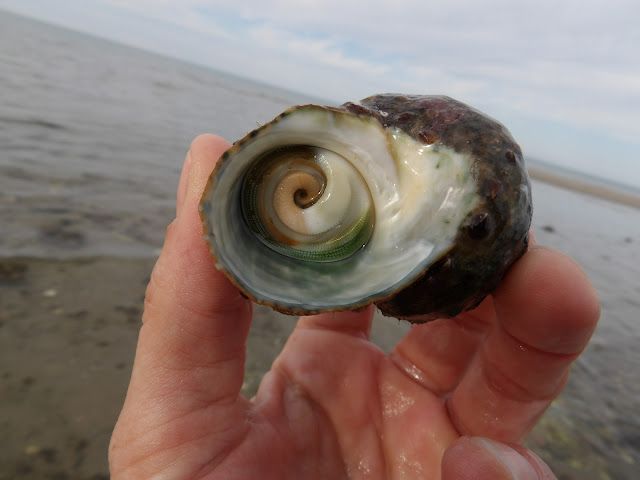





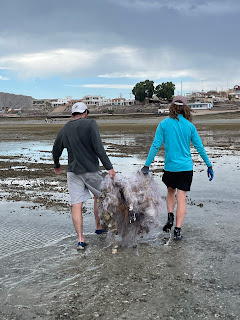
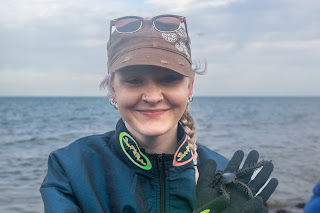

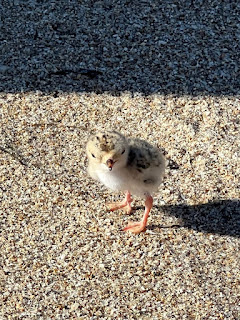






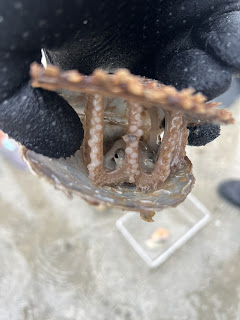

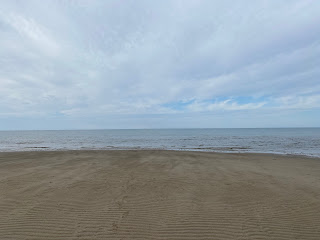
.jpg)

